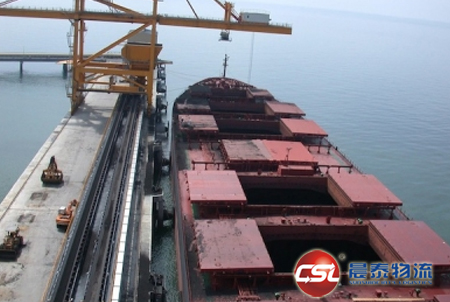
The origins of China’s massive One Belt,
One Road (OBOR) plan lie in finding export markets for its excess steel
production according to Clarskons Platou analyst John D’Ancona.
Speaking last Thursday, D’Ancona, director
–dry analysts for Clarksons Platou Asia, argued that the skeleton of OBOR
connecting China with emerging markets in regions such Africa and Southeast
Asia had been in place for quite a number of years.
“I think in
essence the bones and structure have been in existence for quite a while, we
may not have known it as the One Belt, One Road, but we’ve certainly already
started to experience it so it's a very real thing,” he said at the BNP Paribas
and Moore Stephens Singapore Shipping Forum 2016.
He noted that China had “massively
overshot” in terms of steel production versus domestic demand. In 2014 China
produced 822.7m tonnes of steel and accounted for roughly 50% of global
production.
As a result of its over production of steel
China became a net exporter of steel in around 2006.
While much of the focus in the media has
been on cheap exports to Europe and the US, which have drawn political ire,
D’Ancona, argued that these exports were not what was important, but instead
steel that was going to new markets.
“Lots of it
was starting to help projects all over the world often in return for something
the Chinese wanted,” he said.
The growth in shipping trade is being seen
on what was described as the south – south routes, or Southern Silk Route. One
such example was West African countries supplying China with crude oil, while
in return China ships steel in supramaxes to these countries.
In terms of future growth it will come a
large number of different developing countries, with trade enabling these
countries to develop.
“Where is the
next growth coming from? I don’t believe its one country like a China, I think
it is a group of countries, and that is where the new shipping trade is,”
D’Ancona said.
As these countries development
infrastructure and increase exports with China spurring economic growth, which
will in turn create new consumer demand.
“For me a see
it like a skeleton framework to help the development going forward,” he said.
In terms of shipping demand the industry
will need to understand which type of vessels will be required because as
D’Ancona noted not every country would need capesize bulkers full of iron ore.